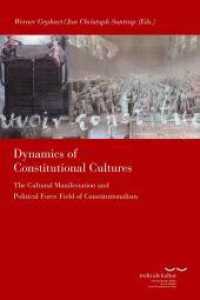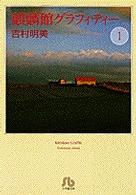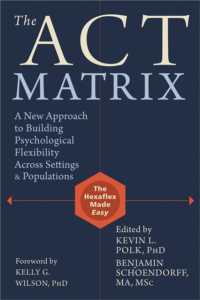Full Description
This book explores the vital role language plays in shaping how we understand and discuss medicines, making for a more detailed study of pharmaceutical and pharmacological language to more clearly understand the intersection of language, health, and culture.
Gonzalez Rodriguez charts the development of the language of pharmacy from the mid-19th century onward, drawing on data from Icelandic and Spanish natural language corpora, historical sources, and contemporary data. The book brings together scholarship from sociolinguistics, media, and cultural studies, and the history of science to highlight the possibilities afforded by an interdisciplinary approach to pharmacy-related language.
The book will benefit readers by providing a deeper understanding of the intersection between language, science, and culture, making it especially valuable for students and scholars in sociolinguistics, history of science, medical humanities, and cultural studies.
Contents
Contents
Preface
Acknowledgments
List of Abbreviations
Transcription Symbols
Introduction
1. Linguistic Logistics
1.1. Polyfunctionality of Language
1.2. Logistics and Linguistics
2. Science, Materia Medica and Words
2.1. Chemical Sounds
2.2. Pharmacognosy and Local Knowledge
3. Morphology and Pharmaceuticals
3.1. Infixes, Identities and References
3.2. Pharmaceutically Nominal and Nominally Pharmaceutical
3.3. Sociolinguistics of Pharmacy
4. Novelty, Lexicon and Medicines
4.1. In Terms of Science
4.2. Branding, Pharmaceuticalization, and Translation
5. Linguistic By-Products of Pharmacy
5.1. The Sounds of Sexual Pharmacy
5.2. Psychoactive Substances Slang
5.3. Pharmaceutical Aural and Oral Side Effects
Conclusion
Appendix
References
Index








